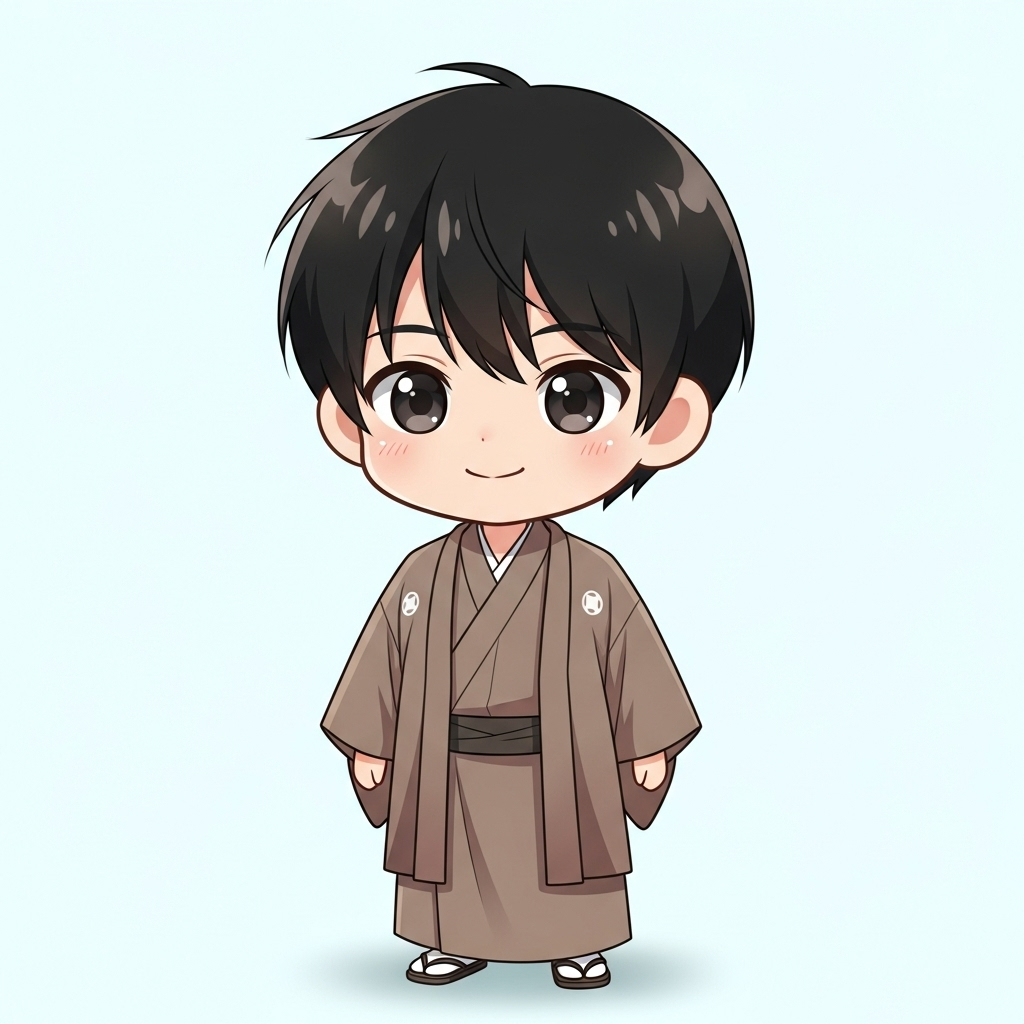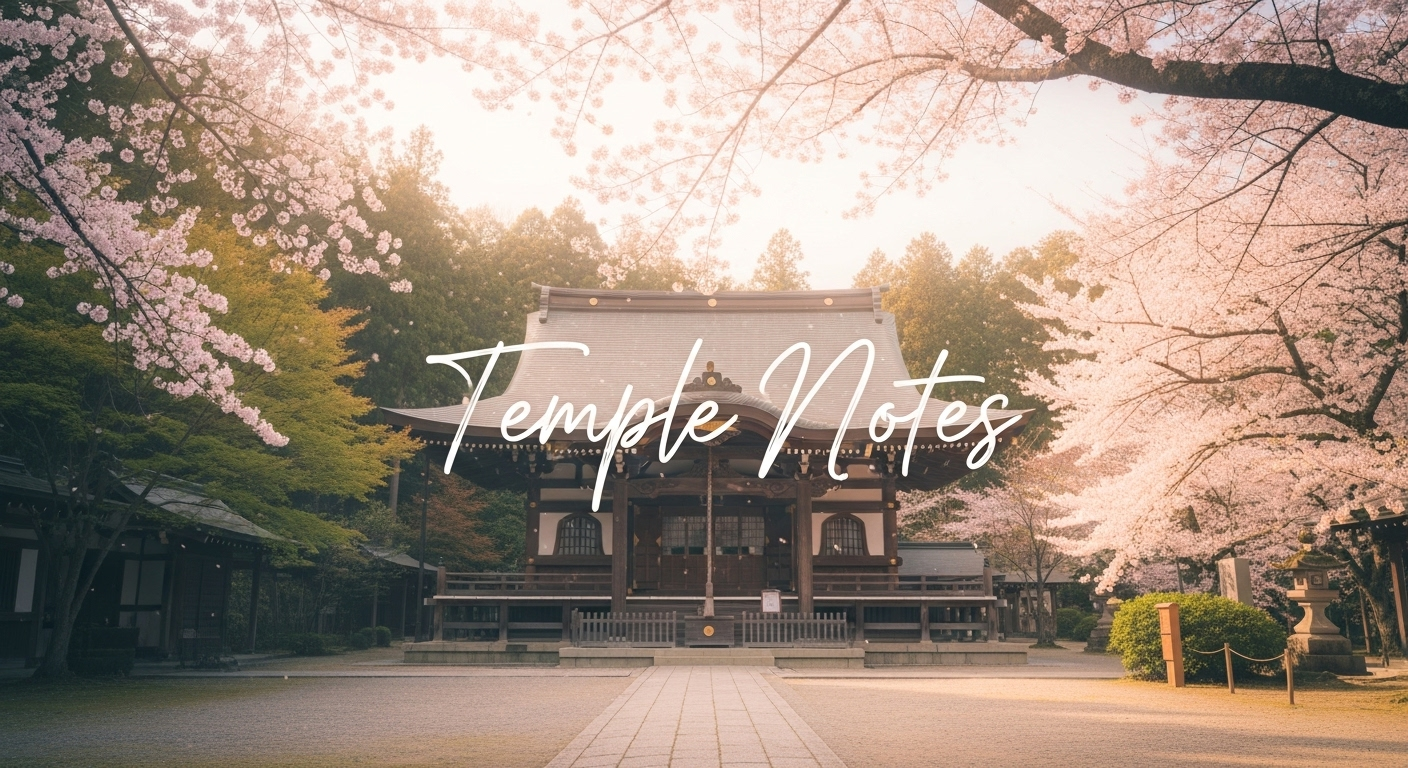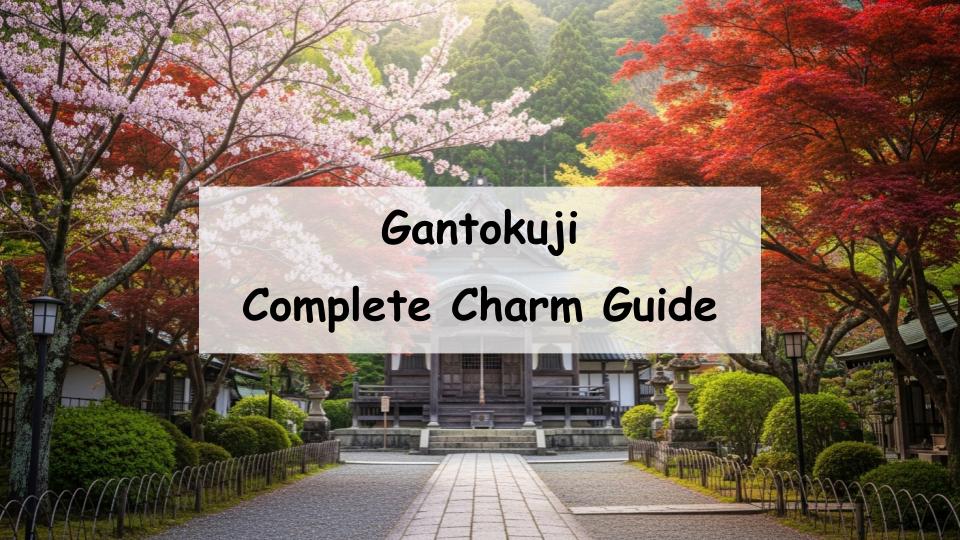Nestled quietly in the mountains of Kyoto’s Nishikyō Ward, Hōbodai-in Gantoku-ji Temple is a hidden gem where history and nature coexist in perfect harmony. Many visitors wonder, “What makes this temple special?” or “Is it difficult to reach?”
In short, Hōbodai-in Gantoku-ji is a serene temple that houses several National Treasures and Important Cultural Properties, offering visitors a deep sense of Japan’s spiritual and artistic heritage throughout the four seasons.
In this article, we’ll explore the temple’s history, highlights, and cultural significance, along with detailed access and visitor information. Whether it’s your first time visiting or you’re planning a deeper Kyoto pilgrimage, this guide will help you experience the temple to its fullest.
What Is Hōbodai-in Gantoku-ji? History and Overview
Located in Ōharano, Nishikyō-ku, Kyoto, Hōbodai-in Gantoku-ji is a small temple belonging to the Tendai sect of Buddhism. Its origins date back to the Asuka–Nara periods, with written records appearing as early as the 9th century. Despite its modest size, the temple has played an important role in the region’s religious and cultural history.
The temple’s official title combines “Hōbodai-in” (the cloister name) and “Gantoku-ji” (the temple name), under the mountain title Bukkarin-zan. Locals affectionately call it “Kyoto’s smallest temple open to the public,” and visitors are often struck by the stillness and the exquisite preservation of its sacred statues.
Origins and Founding
According to temple lore, Gantoku-ji was originally founded during the reign of Empress Jitō (late 7th century). The name “Gantoku,” meaning “fulfilled wish,” reflects the temple’s long tradition as a site of prayer for personal aspirations and well-being.
Historical Role and Cultural Value
From the Heian period onward, Gantoku-ji became known for its refined Buddhist sculpture, particularly the Nyoirin Kannon Bosatsu (Cintāmaṇi-cakra Avalokiteśvara), carved in the early Heian era. The temple also served as a spiritual landmark in the Ōharano area and remains a significant cultural property in Kyoto’s western hills.
Legends and Anecdotes
Local legends tell of imperial dreams, divine revelations, and miraculous events associated with the temple’s founding and statues. These tales, passed down through generations, add a mystical dimension to the experience of visiting Gantoku-ji.
Highlights and Attractions of Hōbodai-in Gantoku-ji
The greatest highlight of Gantoku-ji is its National Treasure, the wooden seated statue of Nyoirin Kannon. Measuring about 88 cm in height, this early Heian masterpiece embodies both serenity and grace, captivating visitors with its gentle smile and tranquil aura.
National Treasures and Cultural Assets
In addition to the Nyoirin Kannon, the temple houses several other important statues, including a Yakushi Nyorai (Medicine Buddha) and other Heian- and Kamakura-period works. These artifacts are invaluable examples of Japan’s Buddhist artistry and religious craftsmanship.
The Amida Nyorai Statue
Although the Nyoirin Kannon is the central figure, other statues—such as the Amida Nyorai—display remarkable woodcarving and drapery work. Each reveals the stylistic shifts and spiritual ideals of its time.
Artistic and Architectural Beauty
The temple’s simple yet elegant main hall creates an intimate atmosphere for worship. The layout focuses visitors’ attention on the central Buddha, encouraging quiet contemplation and a deep sense of reverence.
Seasonal Scenery and Natural Beauty
Gantoku-ji is surrounded by lush mountain scenery. In spring, cherry blossoms bloom gracefully along the temple approach, while autumn brings vivid red and gold leaves. Each season transforms the temple into a natural masterpiece.
Best Seasons: Cherry Blossoms and Autumn Leaves
The spring blossoms and autumn foliage are particularly beautiful, making Gantoku-ji a great destination for photographers and nature lovers. For a quieter experience, weekday mornings are best, as weekends can be more crowded.
Photo-Worthy Spots
The stone steps, temple gate, and main hall approach provide perfect photo opportunities, capturing both the architecture and nature in harmony. Note that photography inside the main hall may be restricted.
Visiting Information and Access
Though small, Gantoku-ji is open to the public and offers a peaceful, unhurried visit. The visiting hours are generally from 9:30 a.m. to 4:00 p.m., and the admission fee is around ¥400–¥500. During February, the temple may be closed or open only for special visits, so checking in advance is recommended.
Visiting Hours, Fees, and Etiquette
Visitors are often greeted at the reception and guided through a quiet, respectful viewing. Photography is usually prohibited inside, and visitors are asked to maintain silence to preserve the tranquil atmosphere.
Access by Train or Bus
The nearest stations are JR Katsuragawa Station or Hankyu Katsura Station / Rakusaiguchi Station. From there, you can take a local bus or taxi. As bus service can be limited, checking schedules beforehand is advisable.
Access by Car and Parking Information
If arriving by car, take the Kyoto-Jūkan Expressway and exit at Ōharano IC. Shared parking is available near Shōjō-ji (another temple), but spaces are limited, especially during peak seasons. Public transport is recommended when possible.
Recommended Spots Around Hōbodai-in Gantoku-ji
The Ōharano area offers several other temples and shrines, such as Shōjō-ji, Ōharano Shrine, and Yoshimine-dera, making it ideal for a day of temple hopping in western Kyoto. The region is rich in history and surrounded by tranquil countryside views.
After visiting, enjoy a meal or coffee at nearby local cafés and restaurants that feature Kyoto-style cuisine and seasonal sweets. Each shop has its own charm, making your visit even more memorable.
Tips Before Visiting Gantoku-ji
The best times to visit are spring (for cherry blossoms) and autumn (for fall foliage). To avoid crowds, visit early in the morning or during weekdays. During peak seasons, traffic and parking lots in the area can get busy, so plan accordingly.
As for attire, choose comfortable walking shoes and modest clothing suitable for temple visits. The temple interior may be dimly lit, so refrain from using bright lights or flash photography unless permitted.
Conclusion: Experience Serenity at Hōbodai-in Gantoku-ji
Hōbodai-in Gantoku-ji may be small, but it offers a deeply meaningful and intimate experience of Japanese Buddhist culture. Its National Treasure Nyoirin Kannon statue, historical background, and natural setting make it a destination worth exploring.
Though slightly off the beaten path, combining a visit to Gantoku-ji with nearby temples like Ōharano Shrine or Yoshimine-dera creates a rewarding day trip filled with art, history, and nature.
If you’re seeking a quiet, contemplative escape in Kyoto, Gantoku-ji offers exactly that—a place where time slows down and the heart finds peace.
A Message from the Guide

It’s most practical to visit by car. Since you’re coming all the way, be sure to stop by Shōjō-ji Temple, which is right next door.







Comment